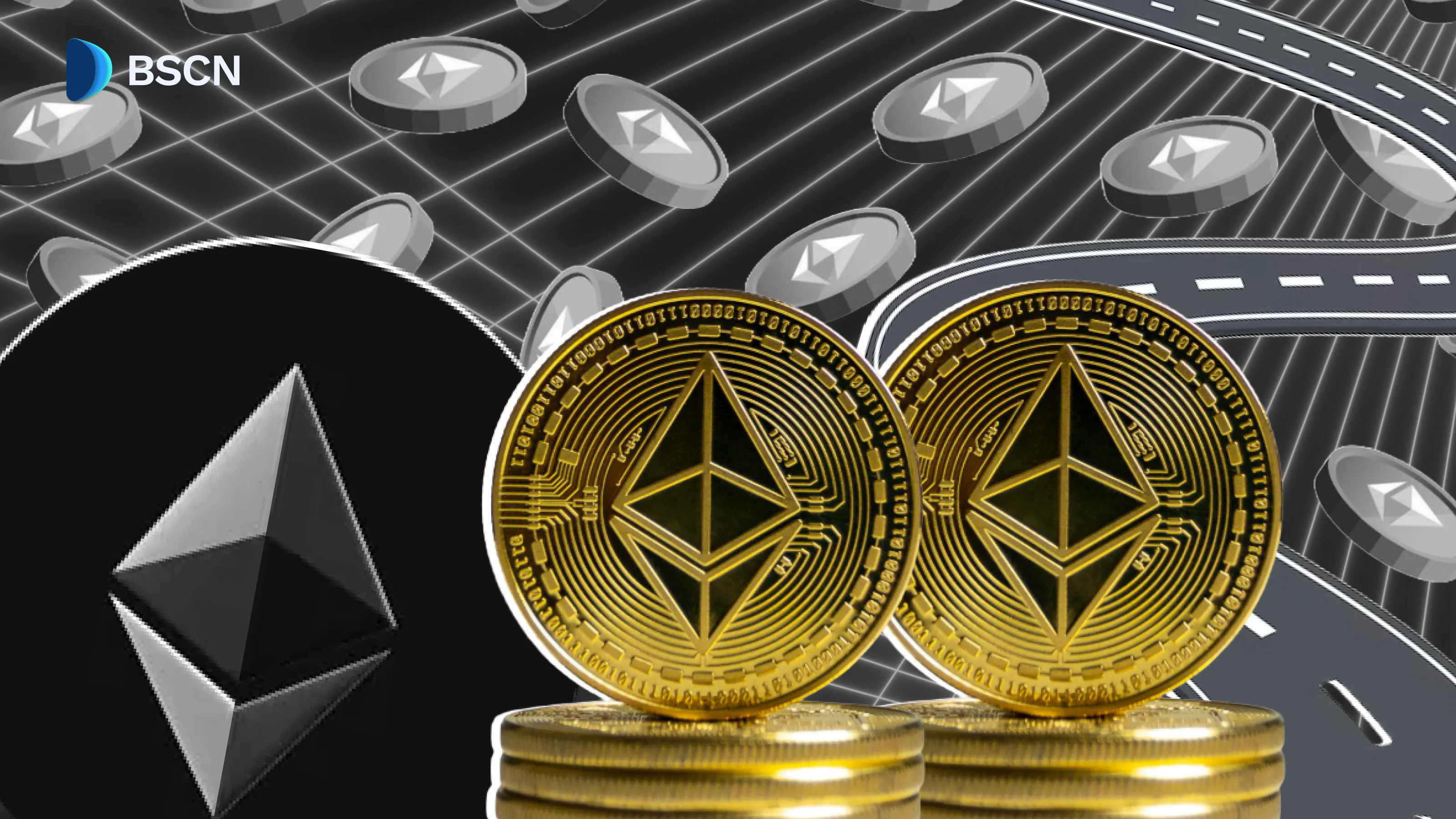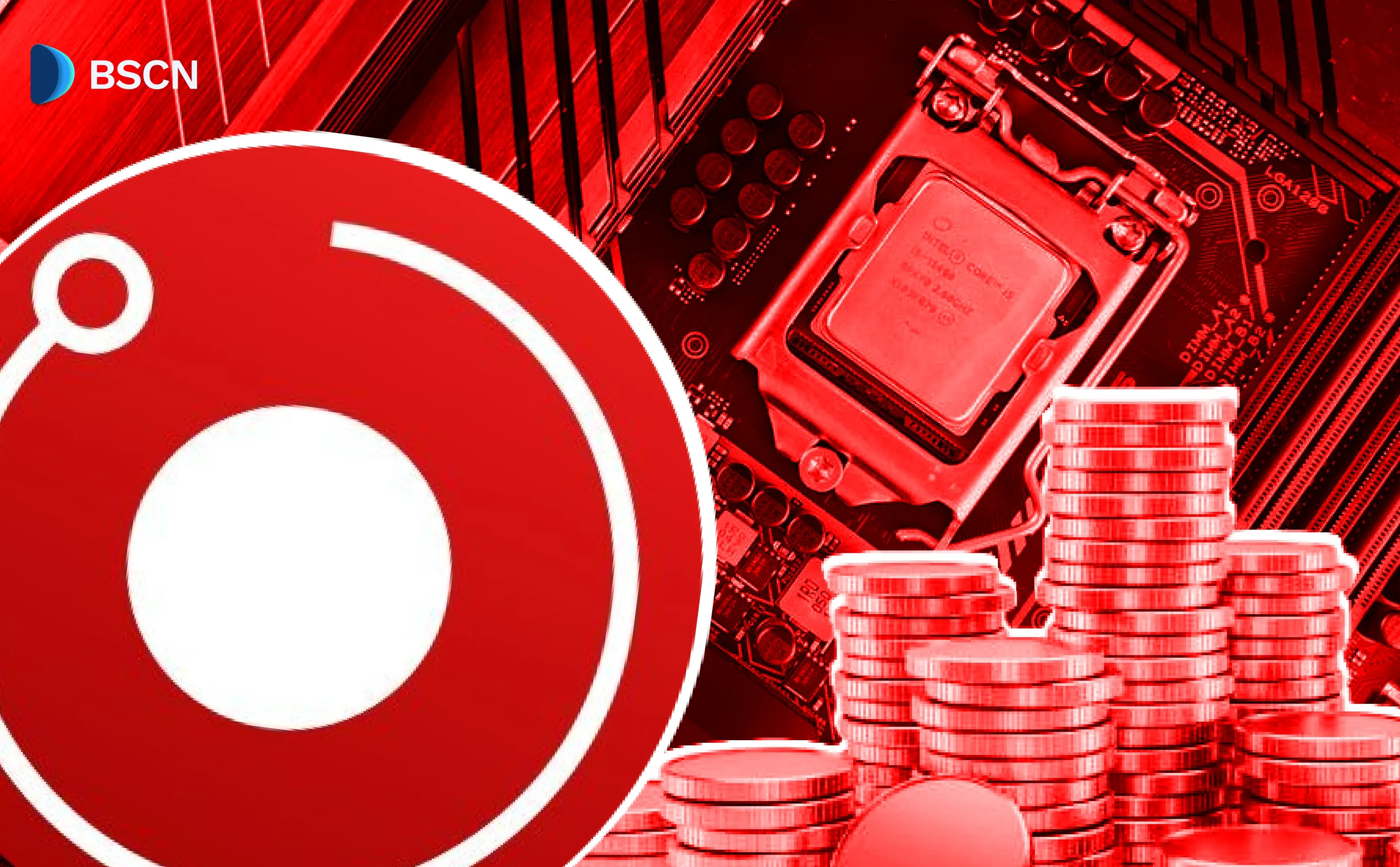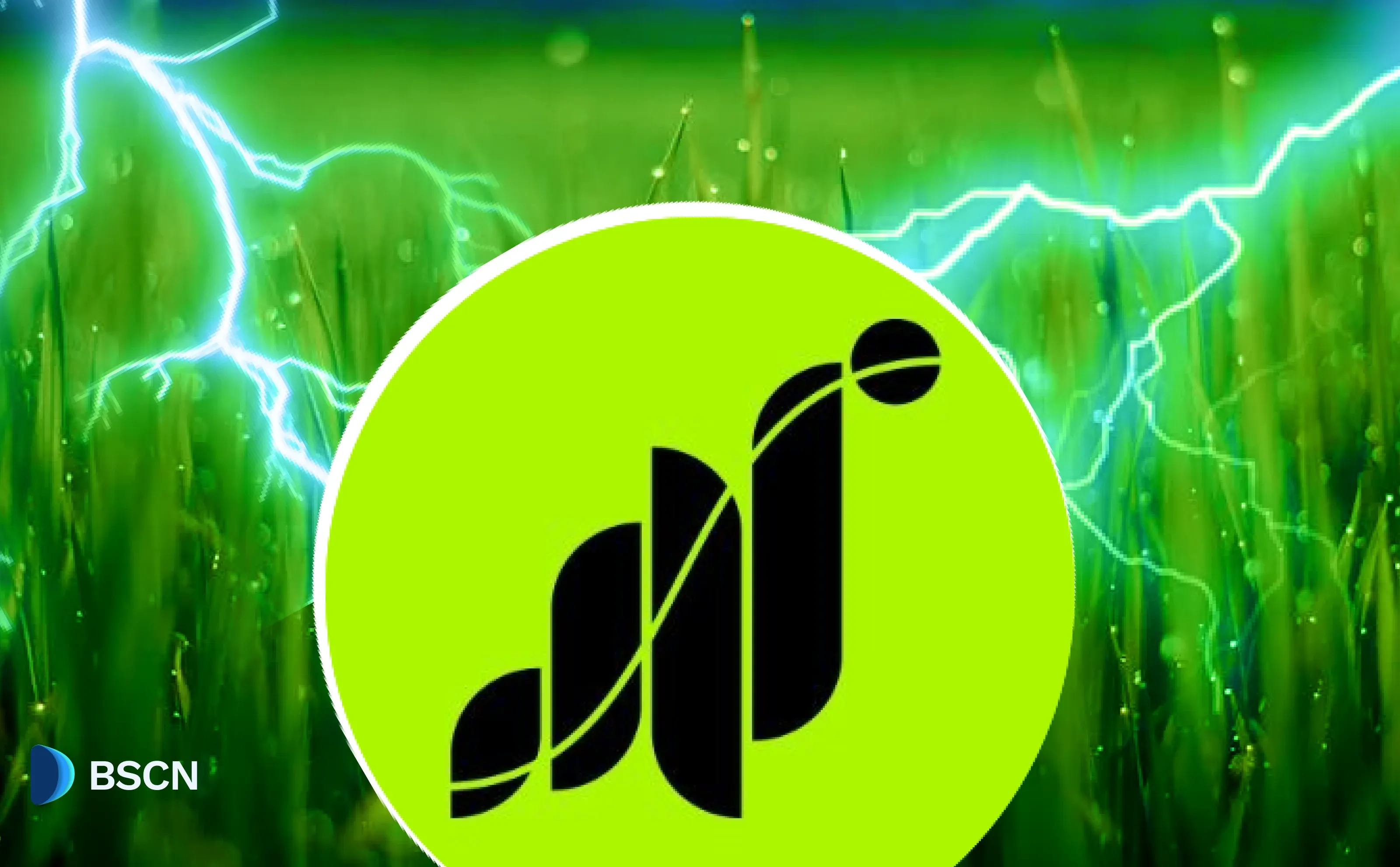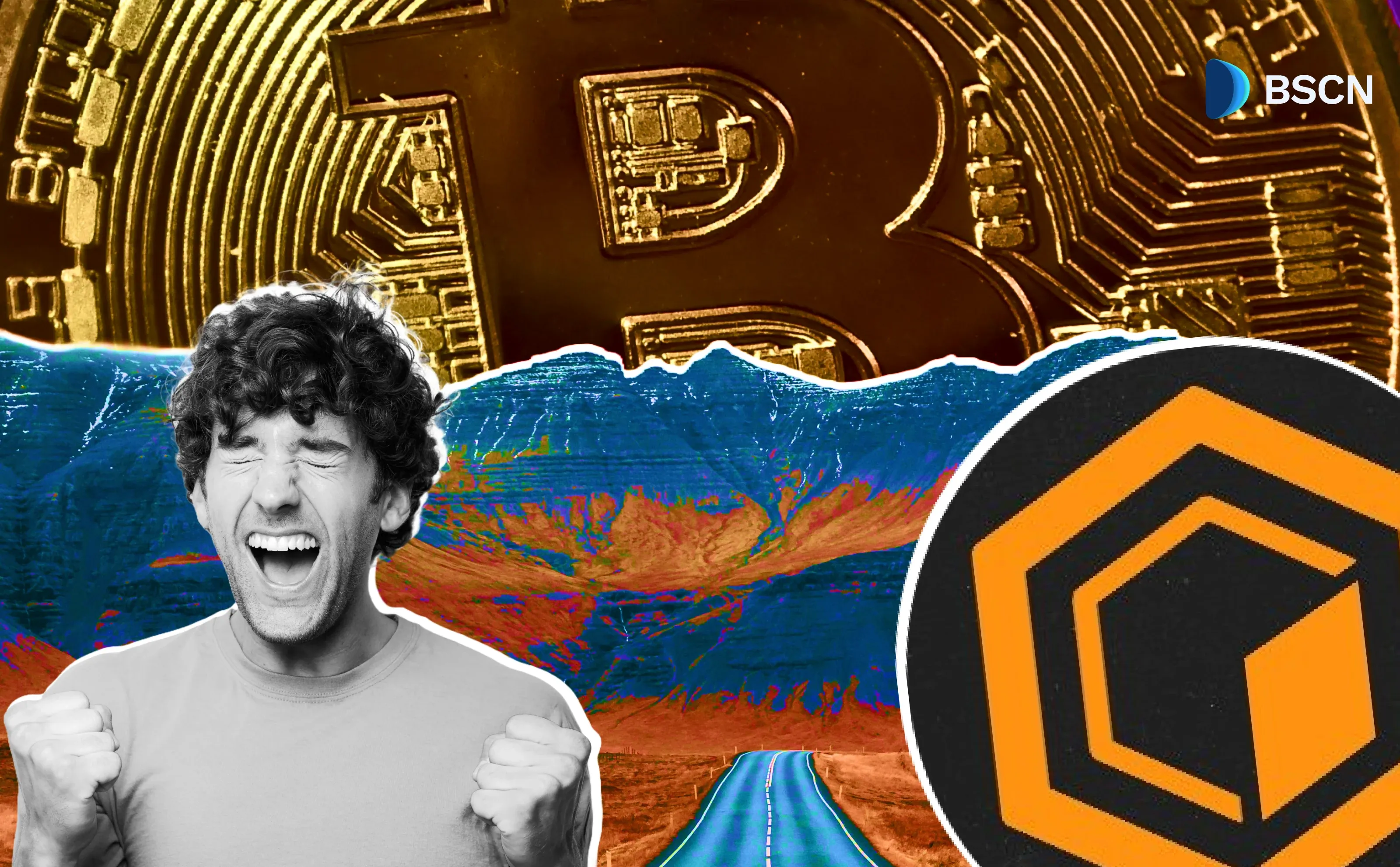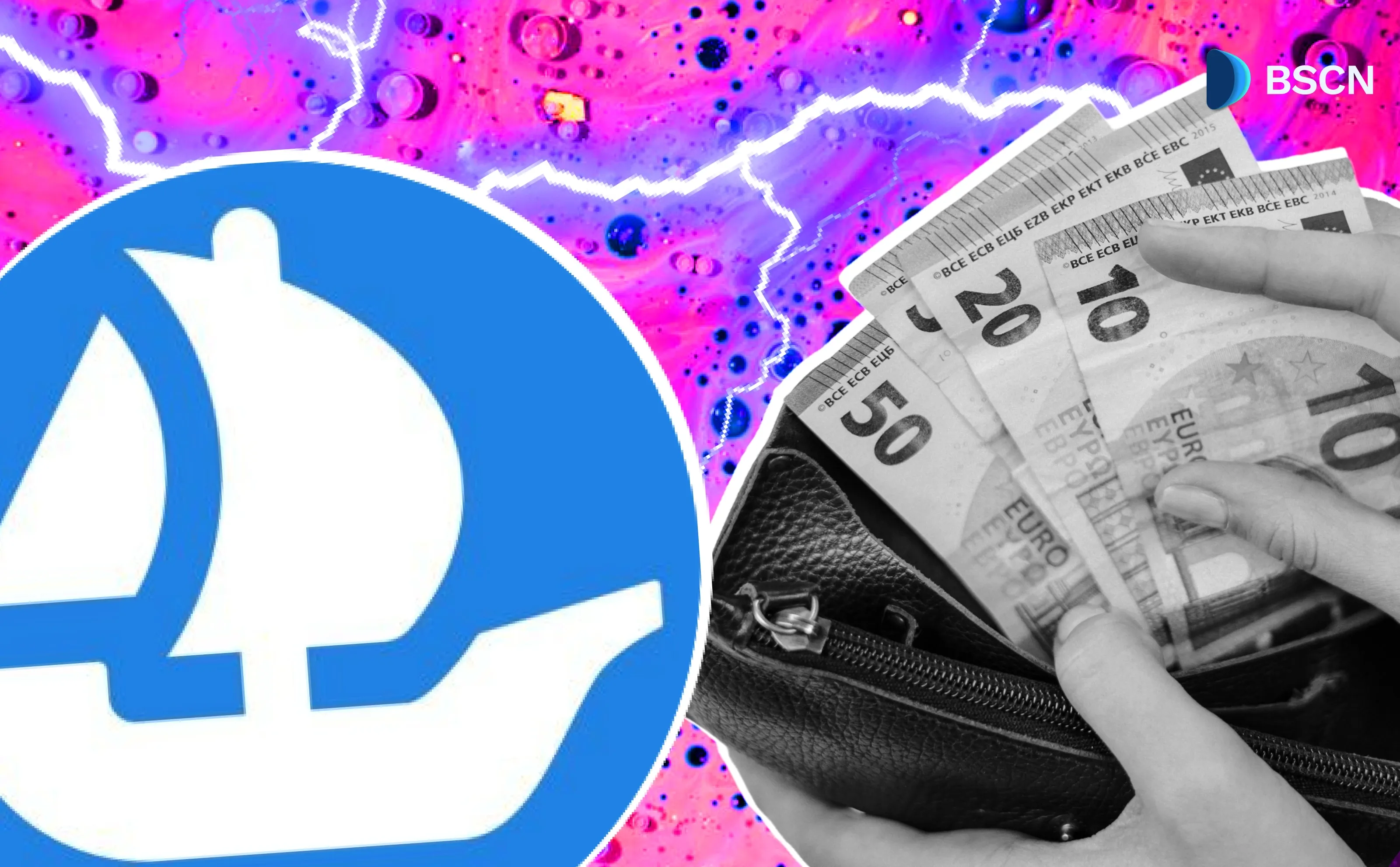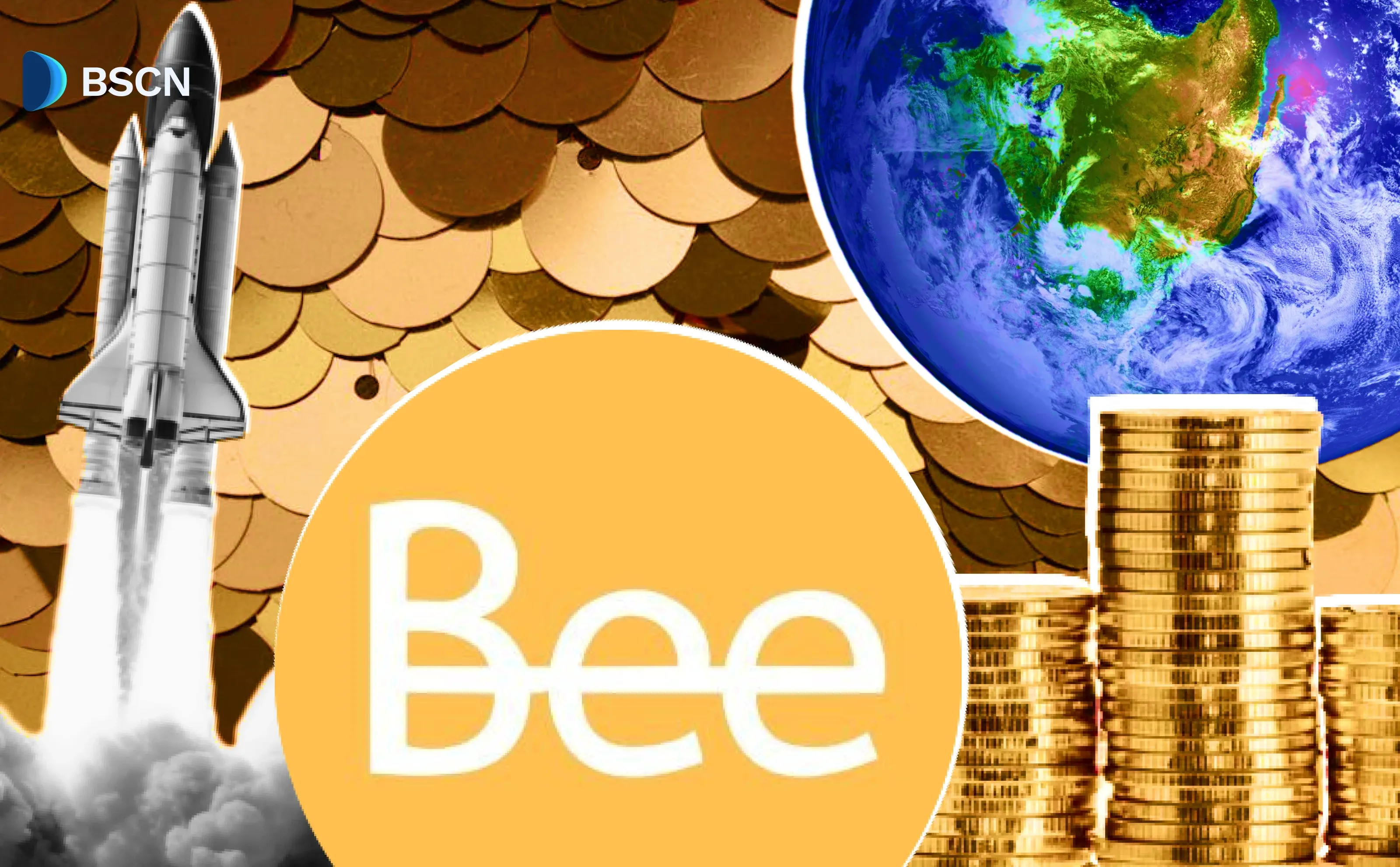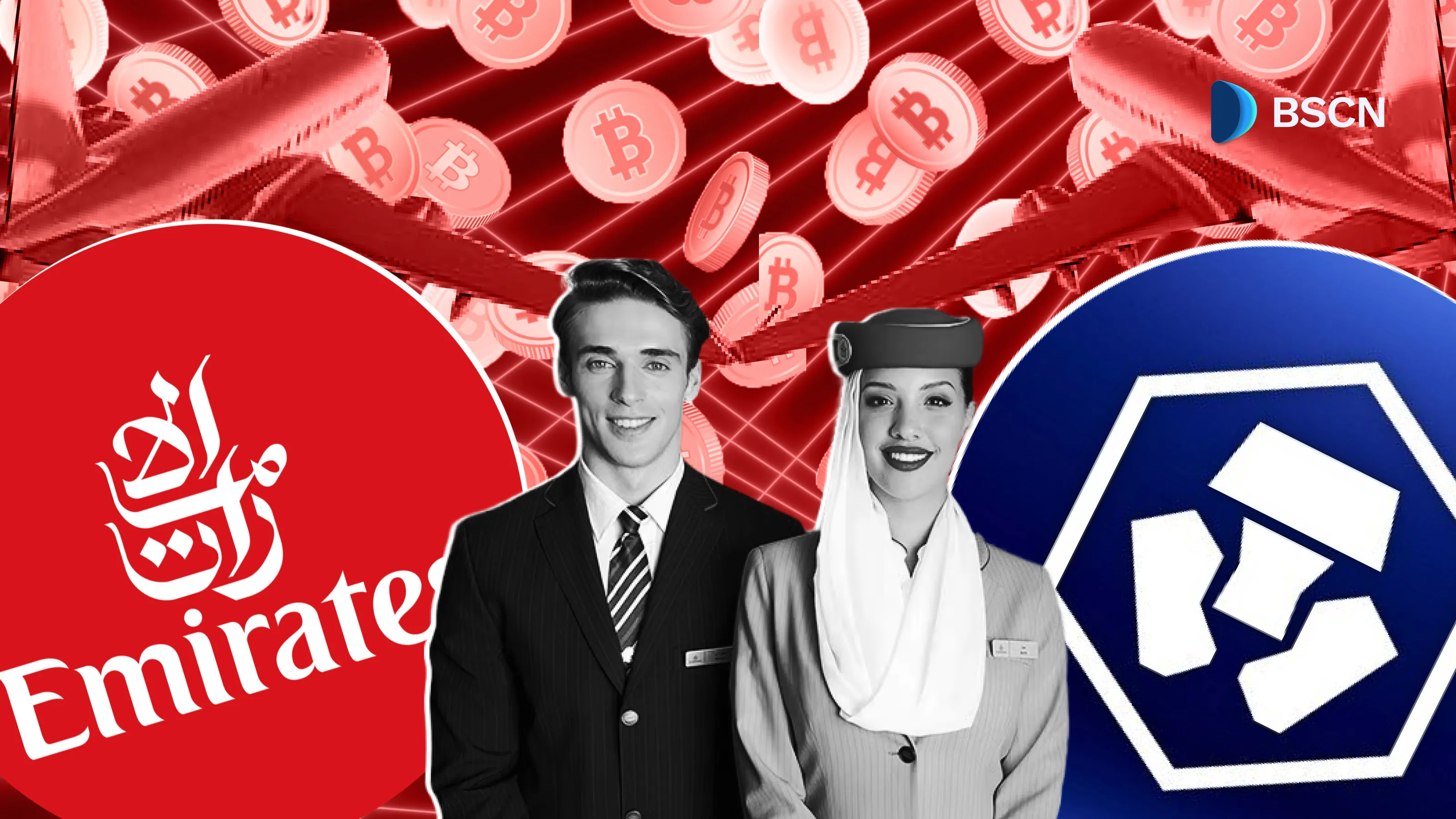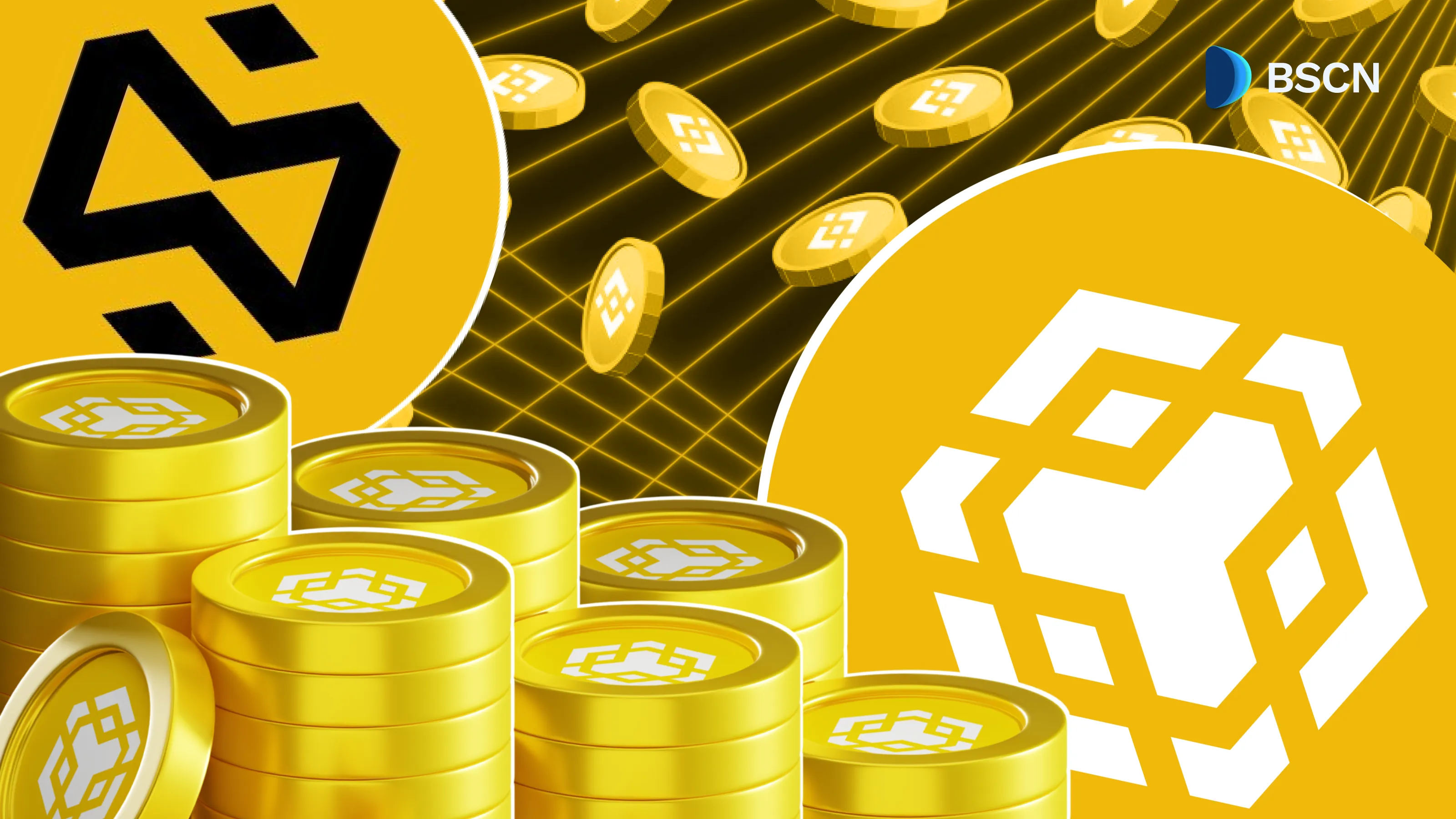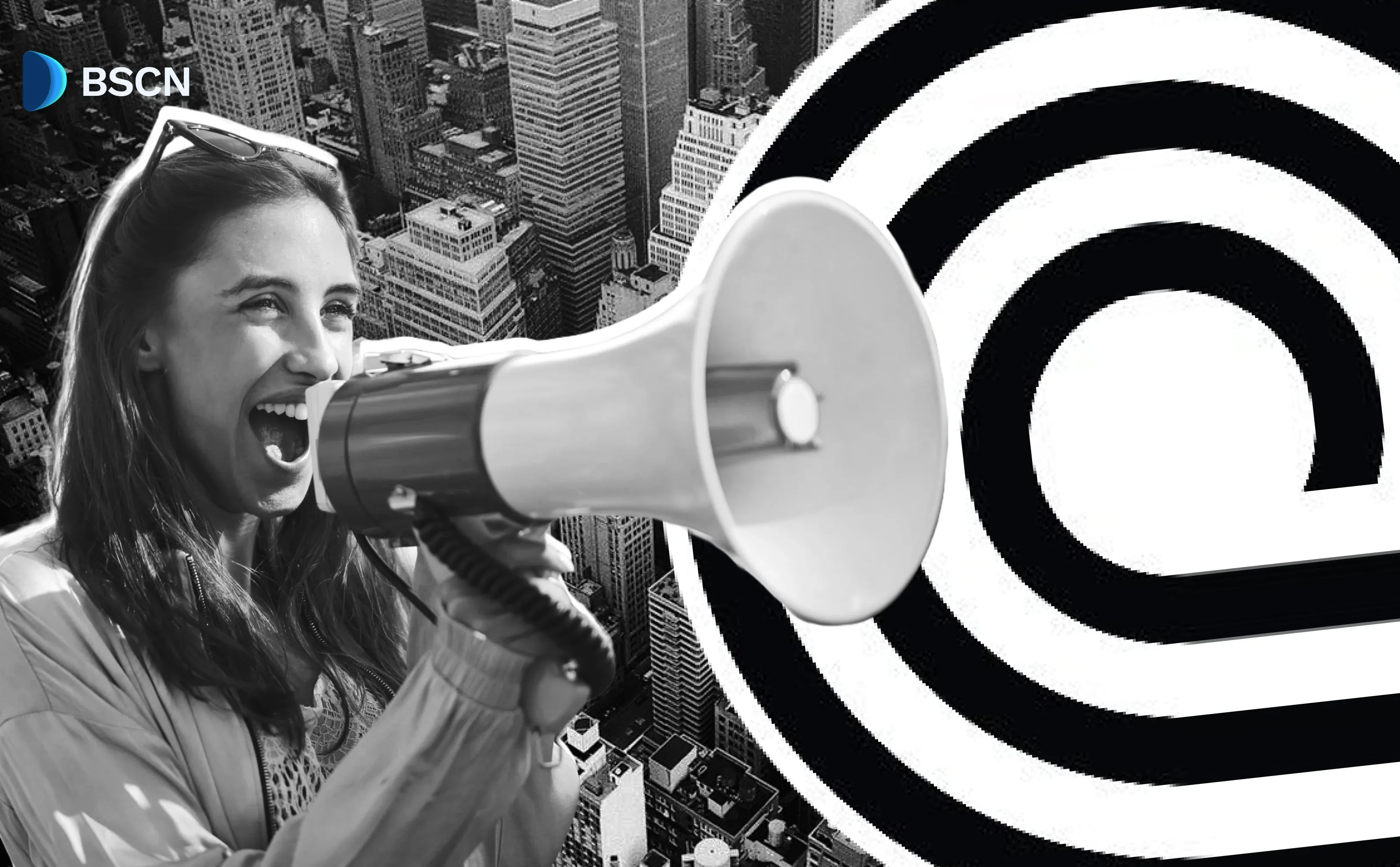WEB3
Federal Reserve Chair Jerome Powell Uncertain About Future U.S. Interest Rates Amid Complex Economic Landscape

With concerns over the lagged effects of previous tightening and recent banking stresses, the Federal Reserve is monitoring various factors to evaluate the potential need for additional policy adjustments to bring inflation back to the target of 2%.
BSCN
May 19, 2023
Inflation and Uncertainty
Federal Reserve Chair Jerome Powell expressed uncertainty on Friday regarding the need for further interest rate increases in the United States as central bank officials struggle with the complex interplay between past borrowing cost hikes, recent credit tightening, and the challenging task of controlling inflation. As a result of the stress in the banking system, the central bank may not have to raise interest rates as high as before, according to the Fed Chair.
During an interview at a Fed research conference on May 19, Powell reiterated that decisions would now be made on a meeting-by-meeting basis. Acknowledging the need to assess the consequences of previous rate hikes, Powell stated:
"We face uncertainty about the lagged effects of our tightening so far and about the extent of credit tightening from recent banking stresses."
He emphasized that the current guidance is limited to identifying the factors being monitored to evaluate the potential need for additional policy adjustments to bring inflation back to the target of 2%.
Powell also highlighted the evolving nature of risks, stating:
"The risks of doing too much or doing too little are becoming more balanced, and our policy will be adjusted accordingly."
With an upcoming policy meeting on June 13-14, no decisions have been made regarding the extent of further policy adjustments.
Since March 2022, the Federal Reserve has raised interest rates ten times, reaching a range of 5-5.25%. This significant increase from near-zero rates implemented during the pandemic has sent shockwaves through the financial world. As a result, consumers have faced higher credit card costs, mortgage rates have surged, businesses dependent on easy money have laid off employees, and at least one bank that bet on persistently low rates has experienced significant challenges.
While the consequences were anticipated, the rate hikes aimed to discourage excessive borrowing and spending.
The Federal Reserve hopes that higher rates will dampen spending appetites enough to rebalance the supply-demand equation and address the stubbornly high inflation observed in 2021. Additionally, policymakers seek to cool down the red-hot labor market to prevent wage increases from triggering uncontrollable inflationary pressures.
It is possible that the Fed's decision on interest rates may be the beginning of an uncertain period during which cryptocurrencies may soar or fall in price.
Latest News
Crypto Project & Token Reviews
Project & Token Reviews
Comprehensive reviews of crypto's most interesting projects and assets
Learn about the hottest projects & tokens
Latest Crypto News
Get up to date with the latest crypto news stories and events

